List of Authors
>>About this blog
Recent blog post
|
[Dimini ☆ Cricket]
May 19, 2018 18:00
It's the season of roses
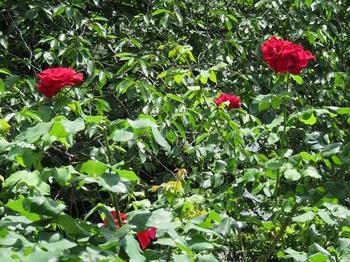
Roses are blooming beautifully around my place of work (Tsukiji 1-chome).
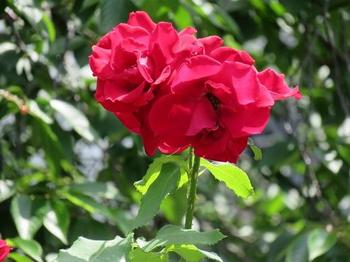
First of all, here is the rose of Kaedegawa Shintomibashi Park (Shintomi 2-chome).
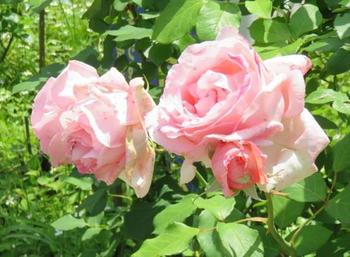
Shintomibashi Park is a quiet and calm space with a slightly hideaway atmosphere.
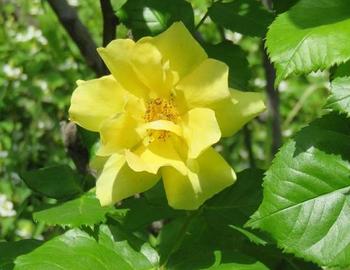
Here is the roses of Tsukiji River Park Akatsuki Bridge (Akashicho).
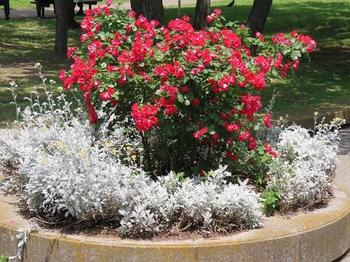
This rose is one type of rose in Akatsuki Bridge.
The white white daisies planted around the bright red roses are a very good accent.
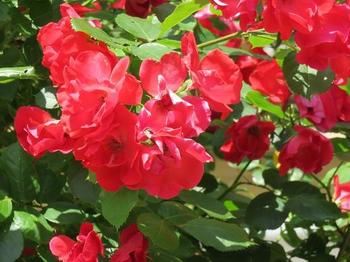
Here is the roses of Tsukiji River Shukubashi Park (Tsukiji 1-chome).
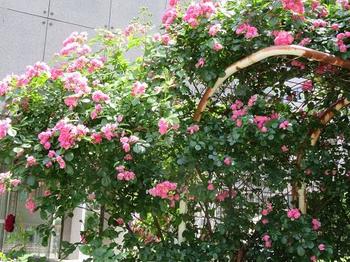
Many kinds of roses are planted in Shukuhashi Park (a park built on the Metropolitan Expressway), and lunch breaks are a place for salaried workers to relax.
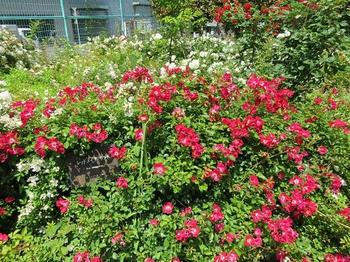
"Chuo-ku flowers" are, of course, azaleas (including Satsuki) and are currently blooming here and there, but roses are roses and bloom quite a bit outside the upper place.
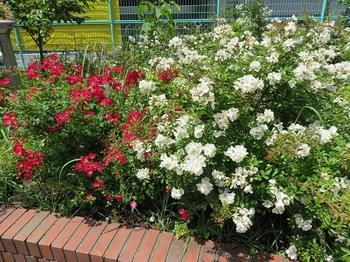
Let's enjoy the rose season
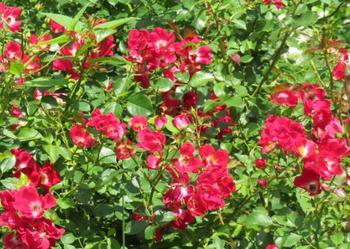
Click here for a blog introducing roses from Kaedegawa Shintomibashi Park last May. ⇒
/archive/2017/05/post-4341.html
Click here for a blog that also introduced roses at Tsukiji River Park Akatsuki Bridge. ⇒
/archive/2017/05/post-4357.html
Click here for a blog introducing roses from Tsukiji River Shukubashi Park in May of last year. ⇒
/archive/2016/05/post-3333.html
     
[Ken-san]
May 18, 2018 18:00
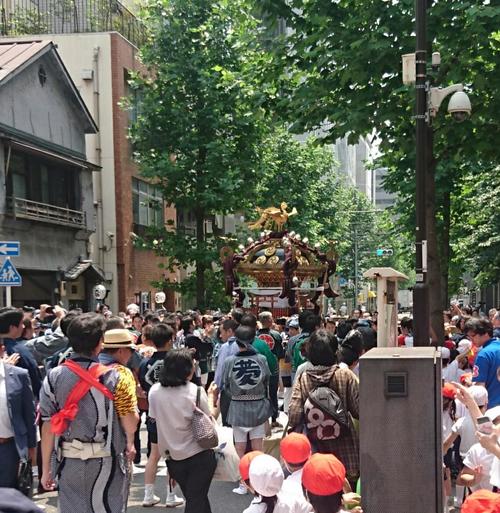 This is a photo of the festival of Sugimori Shrine, which is held from May 18 (Fri) to May 19 (Sat). This is a photo of the festival of Sugimori Shrine, which is held from May 18 (Fri) to May 19 (Sat).
This year there were many hot days than usual, and when I was taking this picture (May 18) was also a hot day. The Sugimori Shrine Annual Festival is the main festival once every three years. Sugimori Shrine is one of the seven deities of Nihonbashi that enshrines Ebisu Ogami, and was counted as one of Edo Mimori (Sugimori, Yanagimori, Kasumori) in the Edo period, and is a venerable shrine that gathered Takashi from the common people to the daimyo. There is also Tomizuka that honors the lottery originating from the lottery.
This photo was taken in front of Nihonbashi Elementary School, and many foreign tourists and many elementary school students cheered with clapping.
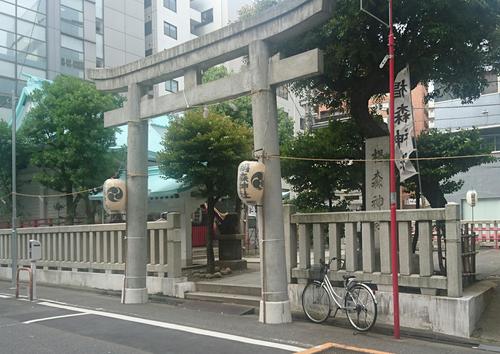 The main festival is held once every three years, followed by 2021. By then, the Rakuby World Cup has been held, the era has changed, and the Tokyo Olympics have been held, and various events are waiting for a short period of time. Chuo-ku has already reached a population of 160,000 and has become lively. It has become certain that more than 30 million foreigners come to Japan a year, and finally 40 million people a year are no longer dreams. The main festival is held once every three years, followed by 2021. By then, the Rakuby World Cup has been held, the era has changed, and the Tokyo Olympics have been held, and various events are waiting for a short period of time. Chuo-ku has already reached a population of 160,000 and has become lively. It has become certain that more than 30 million foreigners come to Japan a year, and finally 40 million people a year are no longer dreams.
It's Wasshoi from the old Edo town to the future town.
[Dimini ☆ Cricket]
May 18, 2018 14:00
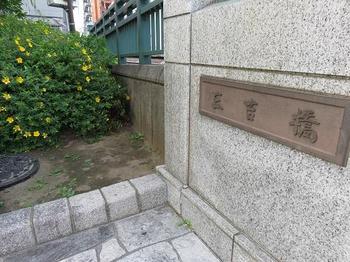
Miyoshi Bridge, which spans in front of Chuo-ku government office, is a bridge of "Mitsumata" that has a very distinctive shape of the bridge, and when viewed from above, it is a "Y shape" bridge.
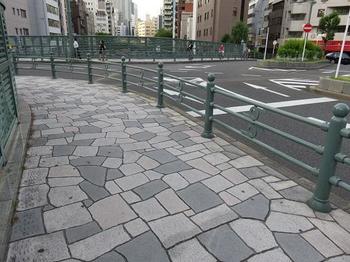
Under the bridge, the Metropolitan Expressway Toshin Beltway runs, but in the past there was a river called Tsukiji River.
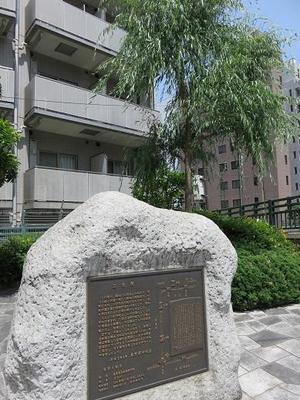
The current Miyoshi Bridge is also a bridge where "Ginza Yanagi-dori St.", which runs on the border between Ginza 1-chome and 2-chome, crosses the "Tokyo Metropolitan Expressway".
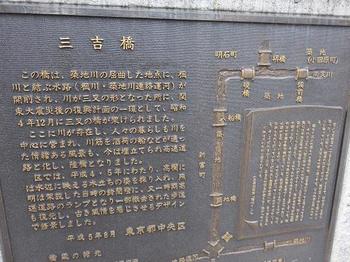
At the foot of this bridge, there is an explanation board describing the history of Miyoshi Bridge, and according to the explanation, this bridge is located at the bent point of the Tsukiji River (Kaedegawa / Tsukiji River connecting canal) was opened and the river became a three-pronged form, as part of the reconstruction plan after the Great Kanto Earthquake, 2019. 
It seems that the form of the bridge is "Micro-shaped simple steel plate girder bridge".
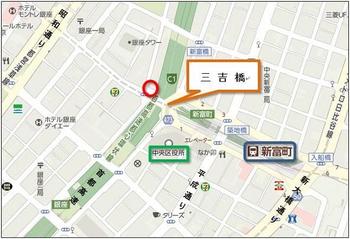
Also, in the planting space at the base of this bridge, a lot of yellow flowers are now blooming.
It's the place on the map above , red. , red.
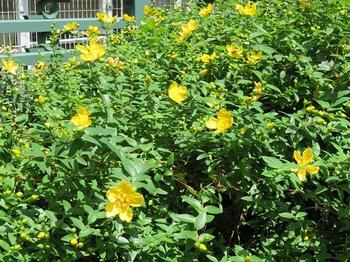
Kinshibai (Kinito plum) is a semi-deciduous small shrub belonging to the family Euphoraceae, which is native to China.
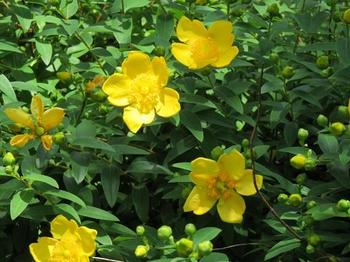
The origin of the name is that the shape of the flower resembles a plum and the color is yellow. 
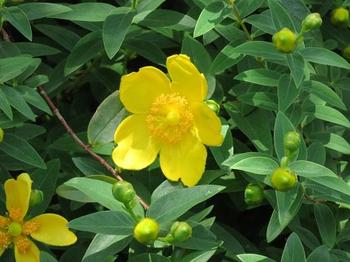
If a lot of bright yellow flowers are blooming, it alone will make your feelings brighter.
        
[Dimini ☆ Cricket]
May 15, 2018 18:00
Surrounded by Ginza 5-chome, Yasuaki Elementary School, Tokyu Plaza Ginza, and Harumi-dori St., Sukiyabashi Park is located.
It was once the Sukiya Bridge built over the outer moat of Edo Castle.
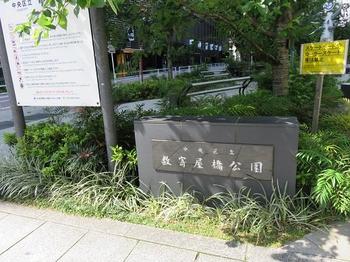
There is  also a "Young Clock Tower" by Taro Okamoto in the park. also a "Young Clock Tower" by Taro Okamoto in the park.
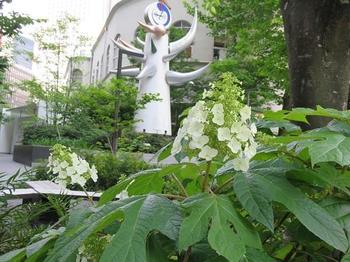
Several Kashiwaba hydrangeas (Kashiwaba hydrangea) in this park are beginning to bloom.
A deciduous shrub of the Hydrangea genus Hydrangea, native to southeastern North America. 
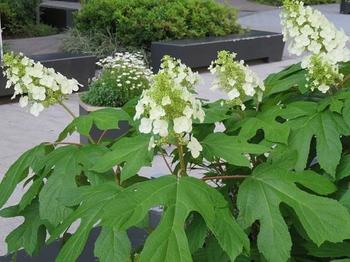
Compared to other hydrangeas, the name is derived from the fact that the leaves are large and deep cut, resembling the leaves of Kashiwa.
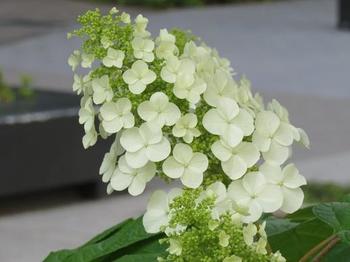
In addition, a large conical inflorescence is also characteristic.
The part that looks like a flower is called "ornamental flower", which has greatly developed gaku. 
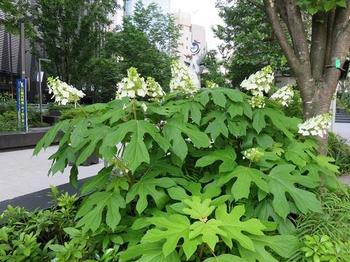
This park plays an oasis role in the city, and now the only flower in the park, the white flower of Kashiwaba hydrangea, softened the hearts of those who are taking a break in the park.
        
[Sam]
May 15, 2018 14:00
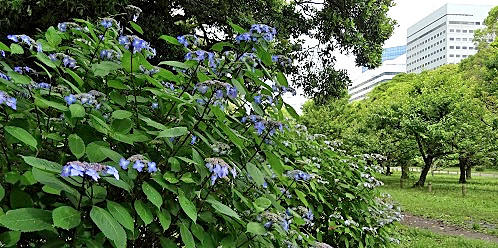 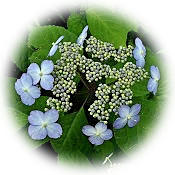 "Yama hydrangea", which grows near the water bus stop in the Hamarikyu Onshi Garden, has begun to bloom as soon as possible. "Yama hydrangea", which grows near the water bus stop in the Hamarikyu Onshi Garden, has begun to bloom as soon as possible.
"Yama Hydrangea" is one of the hydrangeas of native Japanese species.
The standard variety is also called "Sawa Hydrangea" because it tends to grow in moist forests and along swamps, based on the impression that bigleaf hydrangea, the mother species of hydrangea, is smaller.
Small, elliptical leaves are thin, lackluster, thin branches, and have the taste of mountain grass.
Flower color and flower shape are said to have many variations depending on the region, and are a popular flower tree.
You can enjoy cobalt blue, pale blue and pure white flowers in the park.
[Sam]
May 14, 2018 09:00
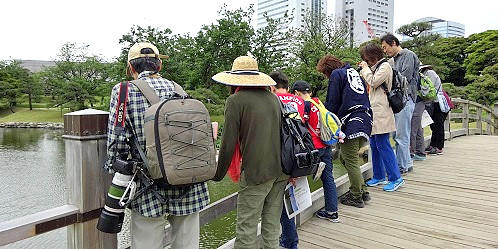 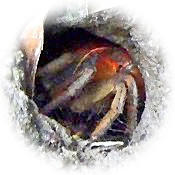 On May 13 (Sun), a "Waterside creature observation party" was held at Hamarikyu Onshi Garden. (Sponsored by Tokyo Metropolitan Park Association Cooperation: NPO Waterside and Biological Environmental Conservation Promotion Organization) On May 13 (Sun), a "Waterside creature observation party" was held at Hamarikyu Onshi Garden. (Sponsored by Tokyo Metropolitan Park Association Cooperation: NPO Waterside and Biological Environmental Conservation Promotion Organization)
10:00~12:00
The Edo garden is the only existing in Tokyo that draws in seawater and changes the taste of the pond due to the ebb and flow of the tide. Seawater fish such as goby live, and Benkeigaji and crucian carpet crawl around the rocks on the shore.
(The image on the left shows Benkeigaji, which allows you to see your face through the burrow.)
In the first half, we observed creatures around the park, centering on the Shioiri Pond, Suimon, and Koshindo Kamoba. In the second half, at the Hanakien Rest Area, listen to lectures on aquatic organisms such as bi apples, ubina squirrels, and ecosystems such as alien species, collected by staff. It was an observation session that reaffirmed the history and characteristics of our garden through ecosystems and water environments.
|
Links
|
![]()
![]()
![]()
![]()
![]()
![]()
![]()
![]()
![]()
![]()
![]()
![]()
![]()
![]()
![]()
![]()
![]()


























 "Yama hydrangea", which grows near the water bus stop in the Hamarikyu Onshi Garden, has begun to bloom as soon as possible.
"Yama hydrangea", which grows near the water bus stop in the Hamarikyu Onshi Garden, has begun to bloom as soon as possible.
 On May 13 (Sun), a "Waterside creature observation party" was held at Hamarikyu Onshi Garden. (Sponsored by Tokyo Metropolitan Park Association Cooperation: NPO Waterside and Biological Environmental Conservation Promotion Organization)
On May 13 (Sun), a "Waterside creature observation party" was held at Hamarikyu Onshi Garden. (Sponsored by Tokyo Metropolitan Park Association Cooperation: NPO Waterside and Biological Environmental Conservation Promotion Organization)
